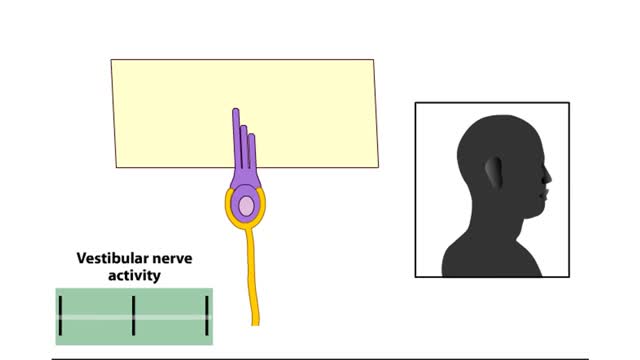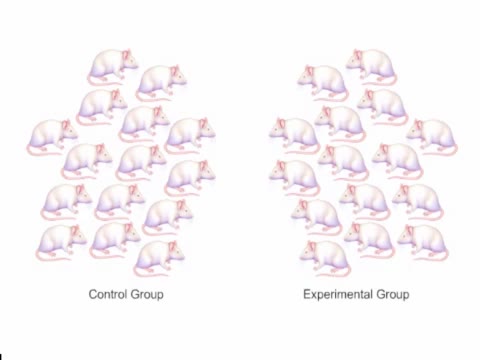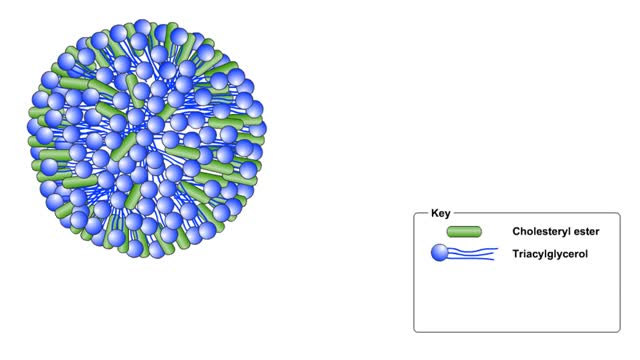Search Results
Results for: 'ANS'
The Hypothalamus: The Body's Thermostat (Human Thermostat)
By: HWC, Views: 10916
Normal body function requires a relatively constant body temperature, which is regulated by the body's thermostat, a region of the brain called the hypothalamus. The hypothalamus generates a temperature set point for the body and appears to be the major site for the integration of temperature inf...
How Hemoglobin Picks Up and Delivers Oxygen
By: HWC, Views: 11131
All of the cells in our bodies require oxygen (02) for survival and must release carbon dioxide (CO2) as a waste product. The respiratory and circulatory systems work together as delivery systems for these gases. The lungs exchange these gases between the environment and the bloodstream. The bloo...
By: HWC, Views: 11540
The trp operon in E. coli contains five structural genes corresponding to enzymes that convert chorismate into tryptophan. The trpE gene contains a 5' untranslated region that plays an important role in the regulatory mechanism called attenuation. The 5' UTR contains four regions. Region 1 en...
The Pressure Flow Model in a Plant
By: HWC, Views: 11118
The vascular system of plants has two transport tissues, called xylem and phloem. Xylem transports water and minerals, while phloem transports a variety of dissolved substances, including sugars and amino acids, throughout the plant. Water in the xylem always moves up, in the direction from th...
By: HWC, Views: 10945
This apparatus of beakers A and funnels simulates the flow of a sucrose solution in the phloem of a plant. The funnels and connecting tube represent a sieve tube of the phloem. Differentially permeable membranes cap the funnels at the source and sink ends, allowing water, but not sucrose, to cros...
By: HWC, Views: 10724
The vestibular system has important sensory and motor functions, contributing to the perception of self-motion, head position, and spatial orientation relative to gravity. The function of the vestibular system can be simplified by remembering some basic terminology of classical mechanics. All ...
Bacteriophage (Virus) - Mice Experiment
By: HWC, Views: 11421
Also known as phages, these viruses can be found everywhere bacteria exist including, in the soil, deep within the earth's crust, inside plants and animals, and even in the oceans. Bacteriophages (phages) are viruses of bacteria that can kill and lyse the bacteria they infect. ... The lethalit...
What is Cholesterols? Introduction to Lipoproteins
By: HWC, Views: 10817
✔ https://HomeworkClinic.com ✔ https://Videos.HomeworkClinic.com ✔ Ask questions here: https://HomeworkClinic.com/Ask Follow us: ▶ Facebook: https://www.facebook.com/HomeworkClinic ▶ Review Us: https://trustpilot.com/review/homeworkclinic.com Cholesterol is a type of fat fo...
What are Strong & Weak Acids and How they're different?
By: HWC, Views: 10482
Let's consider the changes that take place when hydrogen chloride, HCI, is added to water. You will need to recognize space-filling models of HCI molecules, hydronium ions (H30+), chloride ions (C11, and water molecules (H20). They are shown at the right. When HC1 molecules dissolve in water, ...
Advertisement











